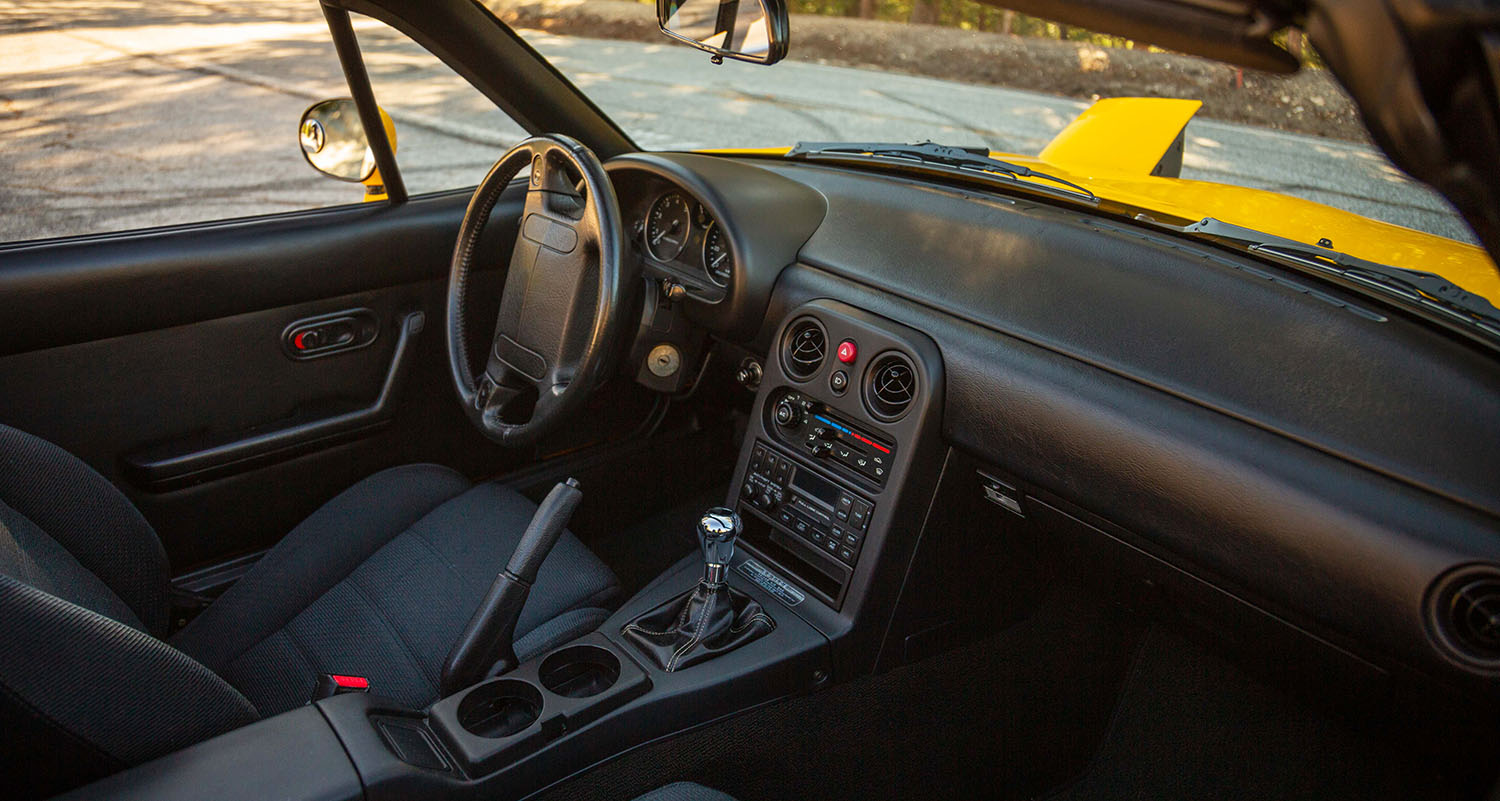Does the Manual Transmission Have a Future?
EVs are giving the third pedal a final push into the history books.
 Manuel Carrillo III | Capital One
Manuel Carrillo III | Capital One
Article QuickTakes:
There's a popular automotive narrative that centers on a contest for the soul of the driver: one waged between fans of manual transmissions and those who prefer the promise of an electrified future. In reality, that battle is already over. According to figures provided by IHS Markit, a business data firm, electric cars began outselling manual models in 2019. The following year, EVs doubled manual market share, and by 2021, electrics trounced manuals with five times as many units retailed.
Those numbers reveal an even starker truth: While electric vehicles comprised a mere 3% of total auto sales in the U.S. last year, vehicles equipped with a manual transmission saw their market penetration shrink to a largely irrelevant 0.6%.
In the face of such dour numbers, it’s legitimate to ask whether the manual transmission has a future at all. The answer is split between the few gas-powered segments that seem keen to hold onto the past and a handful of companies willing to import nostalgia into the upcoming crop of EVs.
A Niche Within a Niche
It’s clear that manual transmissions—those with a clutch pedal and a stick shift—are no longer part of the automotive mainstream. So where are shift-it-yourself gearboxes still hanging on?
Today, manual transmissions almost exclusively show up in niches such as affordable, sporty cars (Mazda MX-5 Miata, Subaru WRX, Volkswagen GTI), muscle cars (Ford Mustang, Chevrolet Camaro), and brawny off-road machines (Jeep Wrangler and Ford Bronco).
What of the high-dollar sports cars from brands like Porsche, Ferrari, or even the Chevrolet Corvette? The Corvette is automatic-only in its most recent generation, while Ferrari dropped traditional manuals for racing-derived, dual-clutch automatic transmissions
 Manuel Carrillo III
Manuel Carrillo III
Make-Believe Manuals
Compounding the issue is the fact that most electric vehicles go without shifting gears at all—nearly all EVs use a single-speed transmission. With automakers around the world cutting back on development of future internal combustion engines, manual gearboxes have become something of an afterthought for most brands.
There are a few attempts to keep the three-pedal magic alive in the EV universe, however. Toyota recently filed a patent for a system that
Realistically, though, these efforts amount to affectations, appeals to a bygone era that provide mostly visceral benefits seeking to preserve driving engagement for enthusiasts. In other words, it's yet another niche for manuals to hide from the changes sweeping across the industry—and perhaps the final resting place of what was once the universal design for a vehicle’s transmission.



